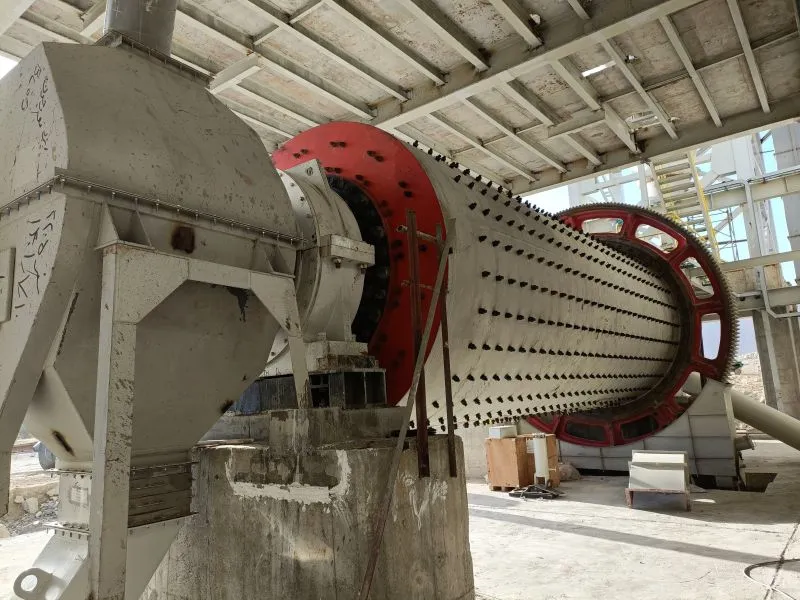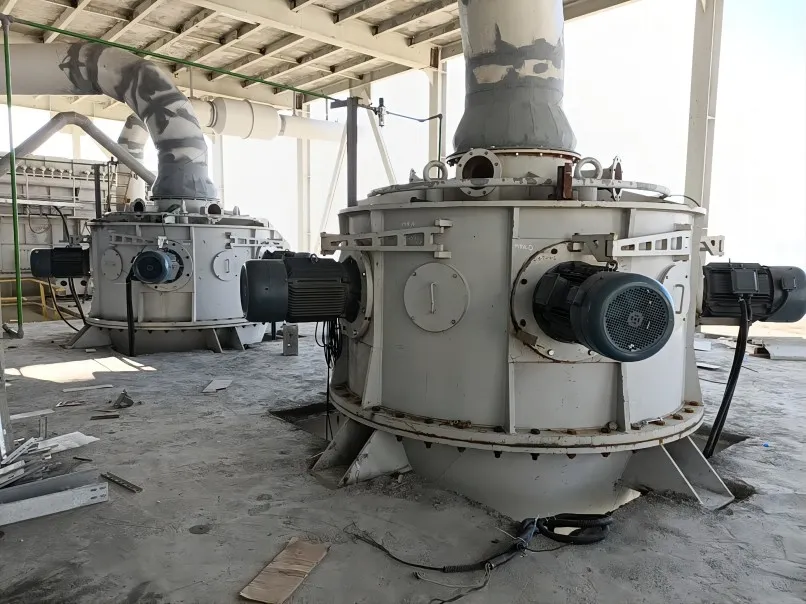Many factors affect grinding efficiency. These include aspects like the process design, layout, and equipment selection. They also include the raw materials and process specifications. Also, if personnel training, operations level, and system management are in place. Normally, the process design, layout, and equipment are set after the factory is built. They are hard to change. The design goals will be achieved through management, operation, and technical changes. You must exceed them. This includes raw material management. The process also includes selecting the settings. It involves altering the structure of the mill. Operator skills and the ability to maintain control are key.

Modifications and updates to the materials being processed at the mill
Particle size of materials entering the mill
The company’s cement grinding system is a modified open-circuit mill. It has a pre-mill roller press. The roller press extrudes and crushes the raw materials. Then, it disperses and classifies them. This greatly improves their size and grindability before they enter the mill. The materials that went into the mill were originally 20-40 mm in size. After the transformation, most of them were powder.
The grindability of materials entering the mill
Among the materials entering the mill, clinkers are the most challenging to grind. The clinker has a dense structure, good crystallization, and is not easy to grind. The mill’s moisture content of materials entering is 1.3%. We use expert analysis and multiple tests. Our experience is that the total moisture content is about 2.0%. 1.4 The temperature of materials entering the mill has a big impact. This affects the quality and output of cement. The right material temperature helps dry and controls the mill’s temperature. This prevents “ball wrapping” and gypsum dehydration.
Steel balls and steel forgings are still common in cement production. They are used as grinding media. They need adjustment. In addition to material requirements, gradation and filling rate are two important indicators. Their credibility affects cement quality. This also affects cement power use, which changes costs. The new cement standards have been implemented in my country. The requirements for concrete construction have also improved. These changes result in higher standards for cement fineness and particle gradation. This, in turn, raises the bar for cement grinding systems. Therefore, in cement production management, these two issues should be paid attention.

Modifying the mill structure
Cement mills are generally divided into 2 to 3 chambers. According to the company’s situation, they have added a pre-mill roller pressing system. This greatly reduced the mill’s particle size. It also weakened the crushing and coarse grinding functions of the first chamber. They made the second and third chambers. This increased their grinding capacity. At the same time, the lining plate, partition plate form, and the size of the grate hole are also adjusted. A screening device has been added to the mill, which has a good effect. Also, the mill bearing has been changed from a sliding bearing to a rolling bearing. This reduces both the starting and working current. It cuts maintenance and increases operational efficiency. Power usage has decreased. So, we can add some steel balls and steel forging loads. This raises the motor’s efficiency and cuts useless work. It also boosts hourly output and makes the mill run better.
